(As the world gears up to celebrate the International Day of Persons with Disabilities on December 3rd, Kartavya will be publishing a five-part series that focuses on the lives of disabled people in Pune with respect to several aspects of their lives, laced with their own experiences - pre and post the ongoing pandemic.
Over the years, technology has played a vital role in making lives easier for persons with disabilities. For many of them, machines are no less than God because they can solve the majority of their problems almost magically. And yet, they don’t. This final part of the series explains how technology has impacted the PWDs and the potential it holds to change things, but also the adamant limitations that tag along.)
Science has feelings, but they come at a cost
“You must have heard people saying their pets are their best friends. Talk to disabled people, and most of them will tell you that their braces, their wheelchairs, their walking sticks, or their hearing aids are their best friends. There’s this jolly girl I know who calls her hearing aid her savior because they let her low-key listen to songs when she’s bored in a lecture,” said Mr. Karmarkar with a hearty laugh.
“The things technology has done for the disabled are beyond extra-ordinary. I believe the percentage of people falling into the disabled category all over the world would have been much higher had it not been for the advancements in technology,” he said, citing his long experience as a social worker for the disabled.
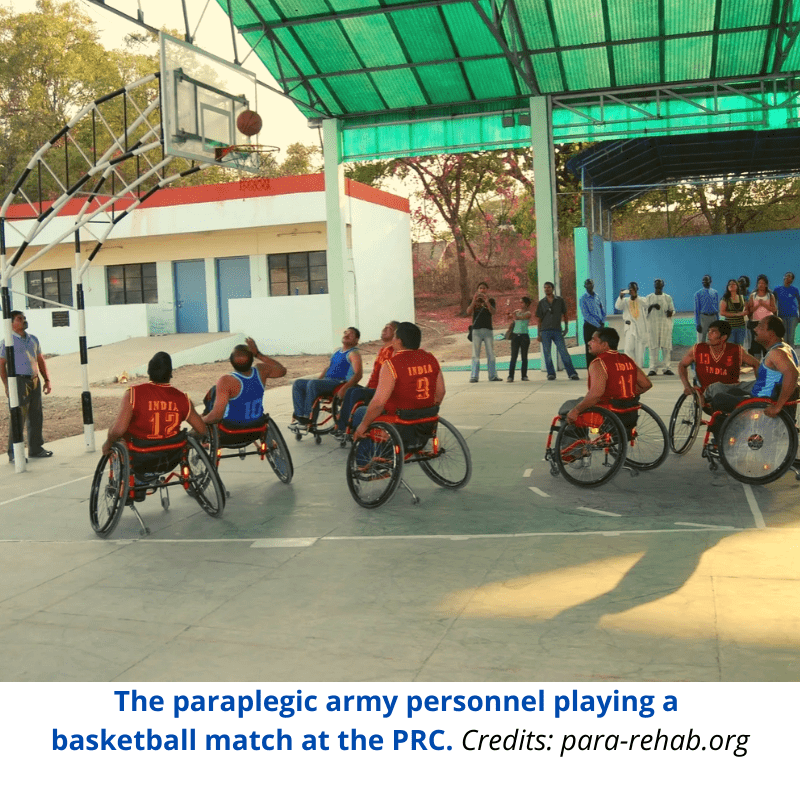 Colonel Mukherjee, from the Paraplegic Rehabilitation Center (PRC) in Kirkee, fiercely recommends watching the basketball match that the paraplegic army personnel play there. He says it is so marvelous that it can put abled people to shame. “I could not imagine being able to do normal things on my own when I first realized I had acquired a disability. The thought that I’ll be playing basketball with many others like me was beyond my imagination. Technology is truly a marvel,” admits Colonel Singh, who is a paraplegic army personnel rehabilitated in PRC.
Colonel Mukherjee, from the Paraplegic Rehabilitation Center (PRC) in Kirkee, fiercely recommends watching the basketball match that the paraplegic army personnel play there. He says it is so marvelous that it can put abled people to shame. “I could not imagine being able to do normal things on my own when I first realized I had acquired a disability. The thought that I’ll be playing basketball with many others like me was beyond my imagination. Technology is truly a marvel,” admits Colonel Singh, who is a paraplegic army personnel rehabilitated in PRC.
If there’s one thing that is still holding situations for the disabled fairly well, it’s technology. Appliances like wheelchairs, braces, walking sticks prove to be a great support - both physically and mentally, for the disabled to get a feeling of independence. The only problem that comes in the way is capitalism.
“An automated wheelchair provided to the quadriplegics in PRC costs around Rs.2 lakhs. The authorities here get external funding too, apart from the funds provided by the government. Had it not been for PRC, we couldn’t have afforded such appliances for ourselves. No common man can afford it,” admitted Naik Ramesh Puri, who himself is a quadriplegic at PRC.
The PRC is providing excellent services to the disabled army personnel and making their lives better. But sadly, there are no such provisions for people who can’t afford such high-technology aids. The gap between the disability issues of a less financially privileged and a financially privileged disabled person widens every time technology favors the latter one.
“The surgeries and hearing implants that we do here require heavy investments. Parents who can’t afford it for their children have no other option than to raise their child as it is with hearing issues. It’s sad. But in a country like ours, technology is still a luxury,” says Dr. Mathew Martin, who is a researcher in Auditory-Verbal therapy.
So like every other thing that has a bad side, technology also has a bad side attached to it in the form of capitalism. Compared to all the other issues that the disabled face, this one will take a longer time to catch the authorities’ eye and make them take action on it. Investments in technological aids for the disabled can only be achieved after the disability is looked at as an issue that should be put at priority. Technology is unquestionably one of the effective saviors, but not without the expenditure it vitally demands.
There’s an equal place for them in the Global Village
After Mahima lost her eyesight, her parents weren’t sure about sending her away for higher studies. They were worried that she would not be able to be in touch with them even through phone calls, as it could be a problem for her to operate it. “Once I told them about apps like TalkBack, NVDA, and JAWS that help visually impaired people like me to operate most of the applications on a mobile phone, they were relieved. I can conveniently chat and talk to people through my mobile phone every day because of apps like these,” said Mahima.
TalkBack, NonVisual Desktop Access (NVDA), and Job Access With Speech (JAWS) are some computer software and applications that convert text into audio for the blind. Apart from these apps, simple technologies like audio messaging, audio Google input, etc. prove to be of great help to the disabled.
The technology that allows including closed captions in subtitles of movies and serials is also a subtle technological advancement for the hearing impaired. All the non-speech expressions, background sounds, and speaker IDs are mentioned in the subtitles. If you have ever wondered why subtitles on OTT platforms like Netflix or Amazon Prime have captions like ‘wind blowing’, ‘baby crying in the background’ or ‘XYZ song playing’, it is a technological facility for the hearing impaired. It is the small things like these that make a subtle but huge impact.
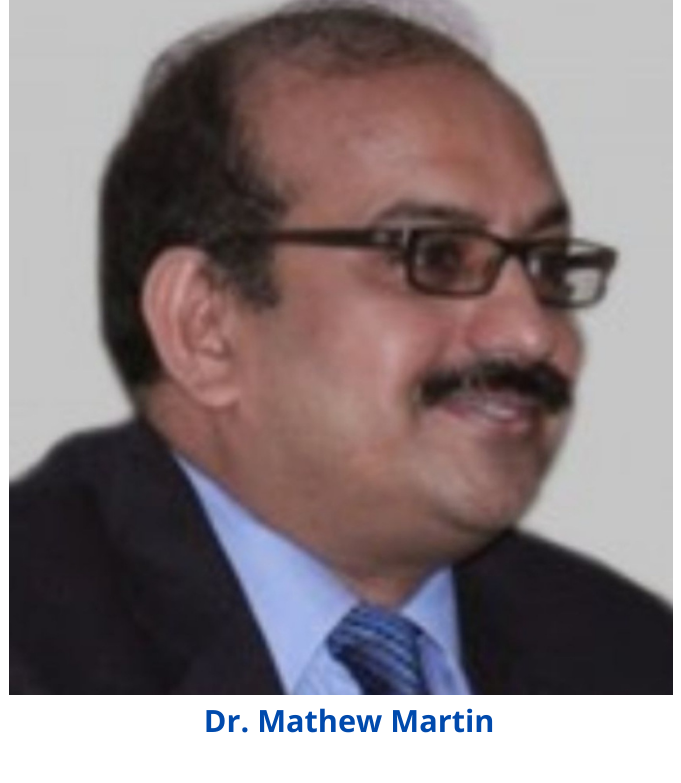 “Descriptive narration is another amazing technology that most people are unaware of. It allows the hearing impaired to understand movies. A number of popular international movies have descriptive narrations. There are also a handful of Indian movies, but the trend is coming in really slowly in India,” said Dr. Mathew Martin, an expert on Auditory-verbal therapy and a professor of the Media and Disability Communication at the Mumbai University.
“Descriptive narration is another amazing technology that most people are unaware of. It allows the hearing impaired to understand movies. A number of popular international movies have descriptive narrations. There are also a handful of Indian movies, but the trend is coming in really slowly in India,” said Dr. Mathew Martin, an expert on Auditory-verbal therapy and a professor of the Media and Disability Communication at the Mumbai University.
“I have done some work on using animation for this narration instead of actual human beings. These animated figures perform sign language narration parallelly with the movies. I was however unable to use effective facial expressions on these animated narrators. The work is ongoing. If it is a success, I’m hoping it will be a great help for the hearing impaired to consume entertainment and art more effectively.”
Government-aided media platforms like the Doordarshan or All India Radio mostly produce disabled inclusive content to the best of their feasibility. But private news channels and websites still haven’t shown signs of willingness to be disabled inclusive. The technology facilitates it through podcasts, and of course, the availability of molding audio-visual data into disabled-friendly content. But the priority given to produce such content is low-lying. With technology being the star of the era, media has developed drastically over the last few years. In the upcoming years, it should be expected of people to realize and execute disability inclusiveness in media.
Although entertainment falls under the category of luxury, it is important to realize that it is a significant element of human lives. More than that, it is important to realize that it is as much a necessary luxury for the disabled as it is for the abled.
Technology: Helping humans seek blessings
“Although I, as an individual, and my whole team try our best to make their lives better, we sometimes fall short on manpower. There are other volunteers from outside too. But I think the constant companion for them is technology. To make better use of that technology, we have developed a website where anyone can record a book of their choice, academic or non-academic, and upload it there. The blind can have access to these books and have leisure time. It’s not even a lot of effort for the uploaders,” says Vishal, a student of the Fergusson College and the coordinator at the Saathi Enabling Centre.
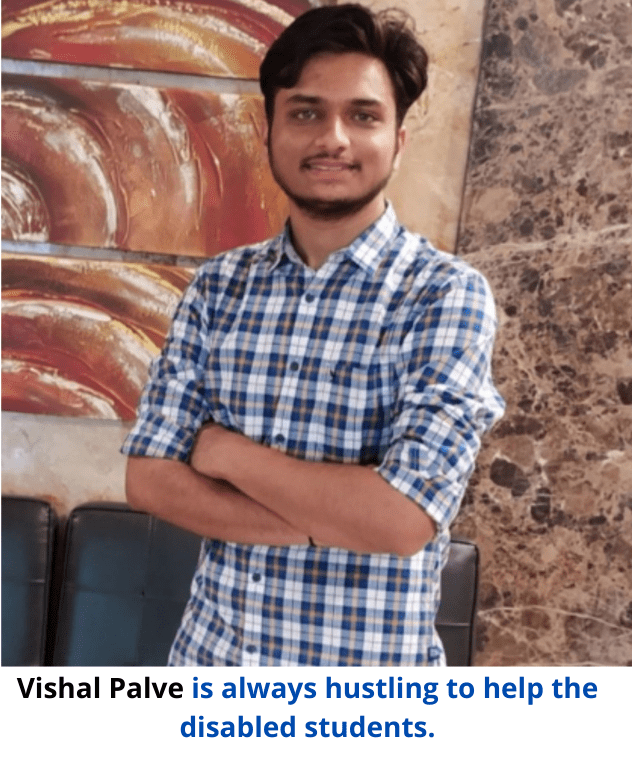 The pan India lockdown declared in March helped Vishal to further broaden this idea. He started convincing people, most of whom were stuck at home and with very little to do, to record for the disabled students. He named this initiative ‘Let’s Record’ and received a massive response on the national and international level. People of all ages from across India recorded various books and study material on Lets Record that proved beneficial to several students from not just the colleges in Pune, but also from renowned varsities like the Delhi University, Jamia Milia Islamia, and the Banaras Hindu University among others. A college from Delhi University even officially put forth the website of Lets Record for its blind students to refer to. The team is now looking to convert the website into an application to make it more accessible but isn’t getting a good investment offer. The efforts, although, have never once dimmed since they have started.
The pan India lockdown declared in March helped Vishal to further broaden this idea. He started convincing people, most of whom were stuck at home and with very little to do, to record for the disabled students. He named this initiative ‘Let’s Record’ and received a massive response on the national and international level. People of all ages from across India recorded various books and study material on Lets Record that proved beneficial to several students from not just the colleges in Pune, but also from renowned varsities like the Delhi University, Jamia Milia Islamia, and the Banaras Hindu University among others. A college from Delhi University even officially put forth the website of Lets Record for its blind students to refer to. The team is now looking to convert the website into an application to make it more accessible but isn’t getting a good investment offer. The efforts, although, have never once dimmed since they have started.
Similar to Vishal’s approach are several other apps and technologies that involve assistance from a common man, who might or might not be involved in disability social work. ‘Be my Eyes’ is an app available on the Playstore and App store that allows you to assist the visually impaired with their day-to-day tasks like grocery shopping. Over 2 lakh blind people and 3 million volunteers from all over the world use this app. It gives the user a notification when help is required, and the user can assist the blind through phone calls. It also has a story section where people post their experiences.
It’s the joint approaches like these that bring about a change slowly and gradually. Playing the blame game is easy. But being of service to the needy is not difficult either, especially with the help of technology that connects the whole world. We, as humankind, have technology as a blessing in disguise. It is on us to make the most of it for the betterment of even the flawed, and yet equally important parts of humankind.
- Aishwarya Dakhore
aishwaryadakhore@gmail.com
(This article was written and improvised by the author as a part of an in-depth report submitted to the Department of Communication and Journalism, Savitribai Phule Pune University. The author holds an interest in writing about issues related to human rights, gender issues, and politics.)
Previous articles in this five-part series:
Part 1: Education- the Rusty key to Enablement
Part 2: Disability Stigma: The Real Kingpin
Part 3: Inaccessible Pune of ‘Accessible India
Part 4: Disabled Authority for Enabled Society
Tags: human rights civic series disability disabilities person with disability aishwarya dakhore Load More Tags



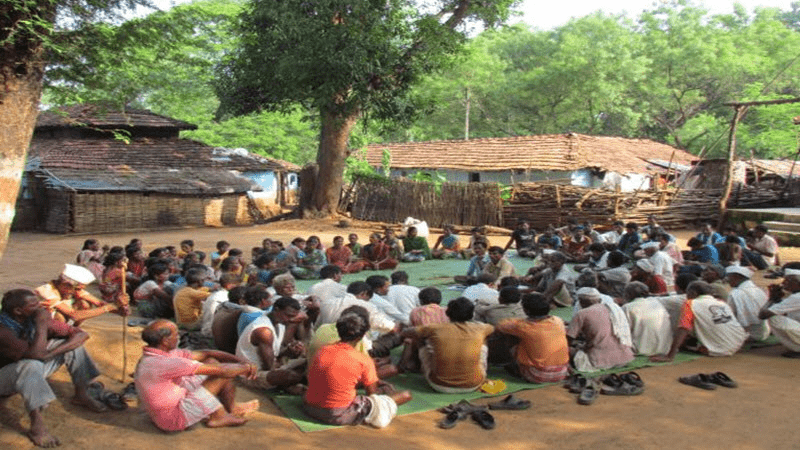
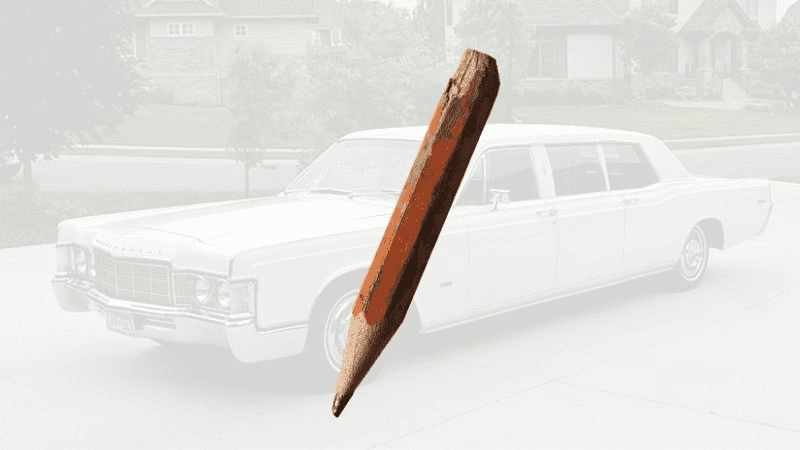
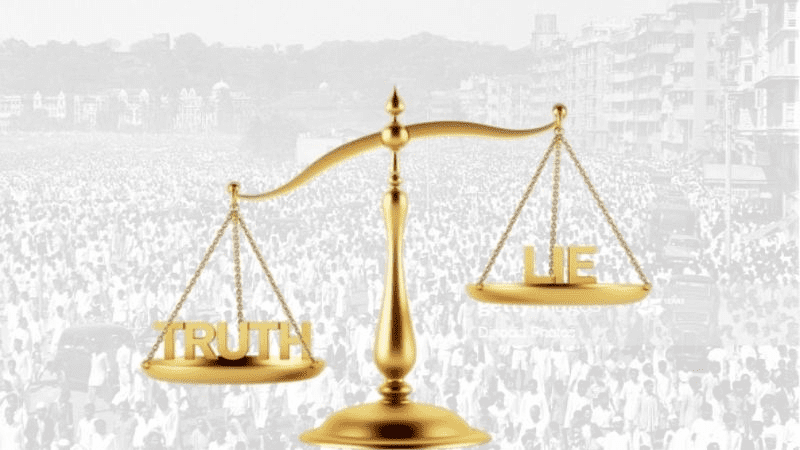

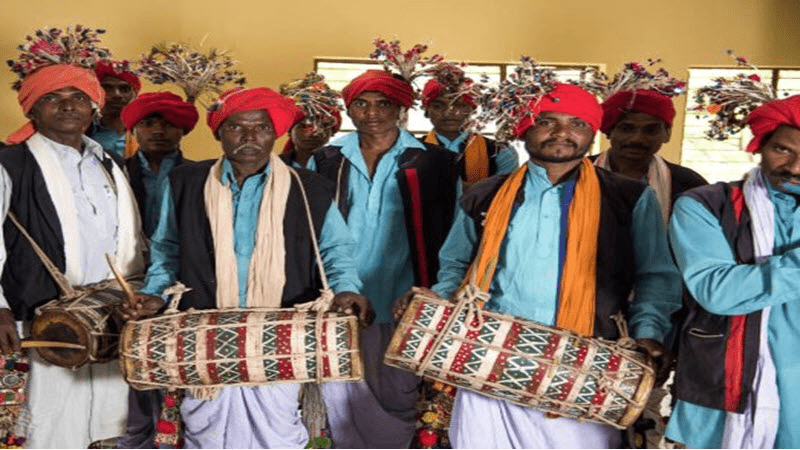
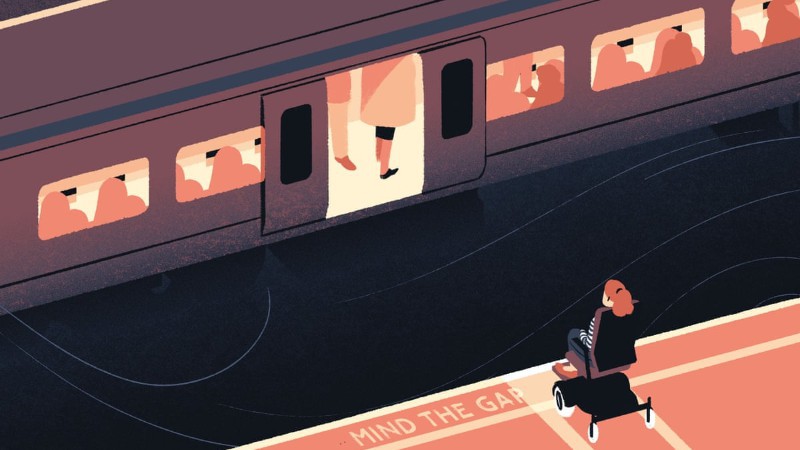
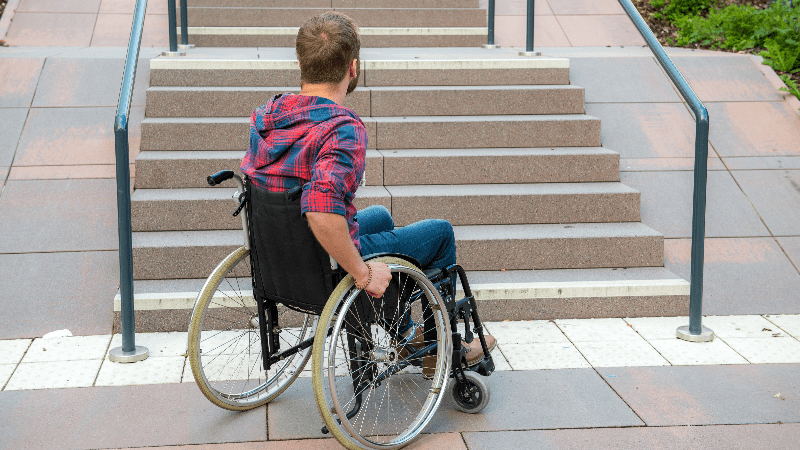

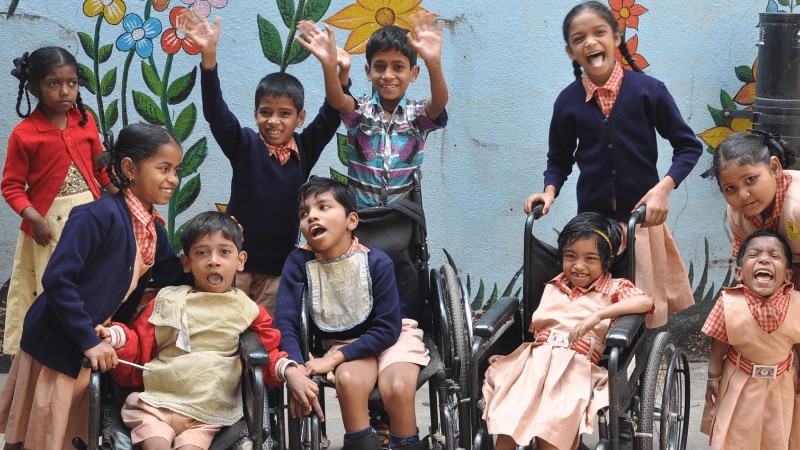

























Add Comment